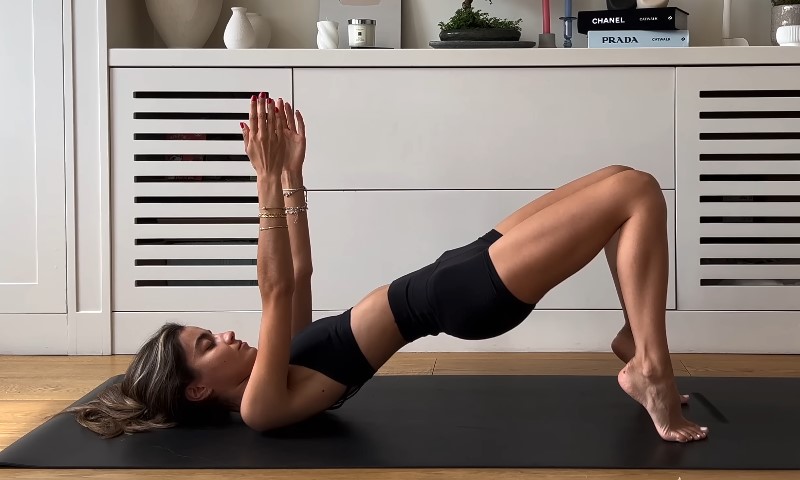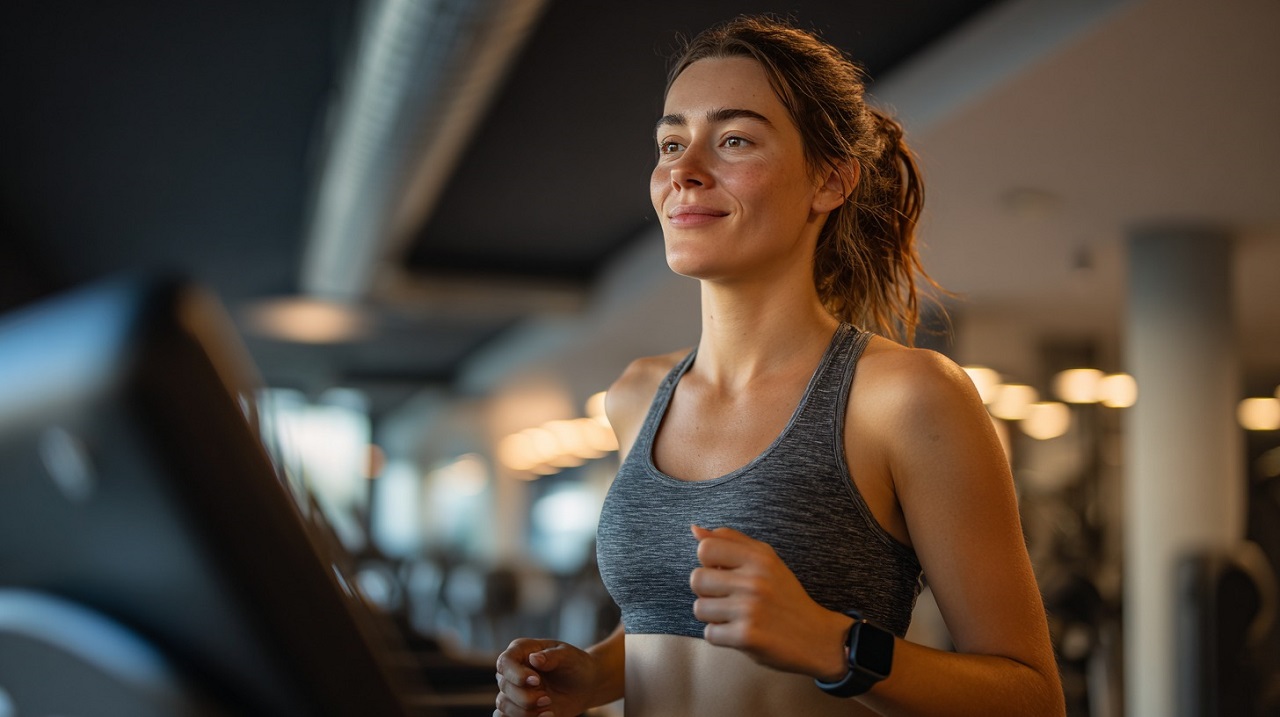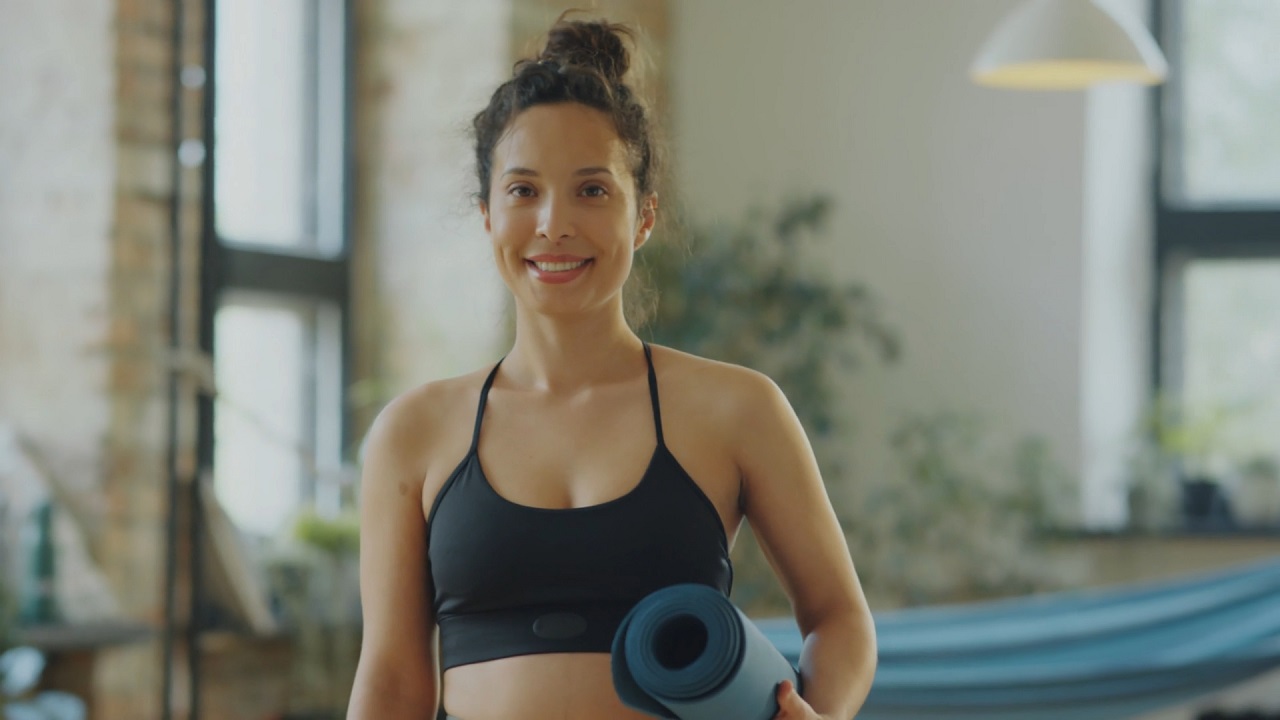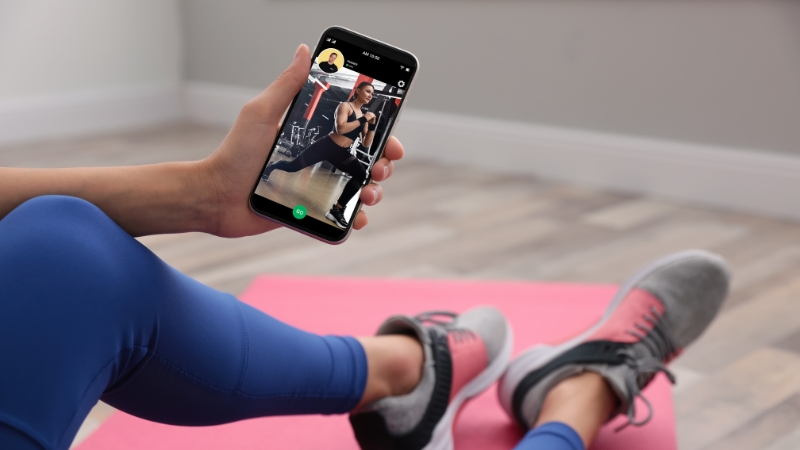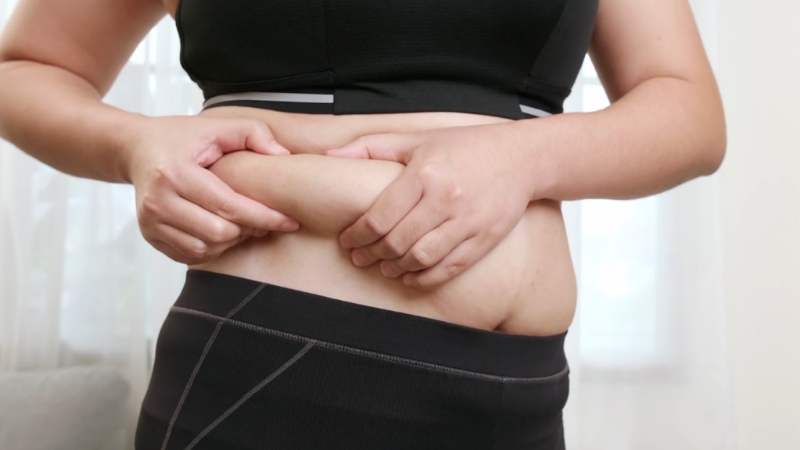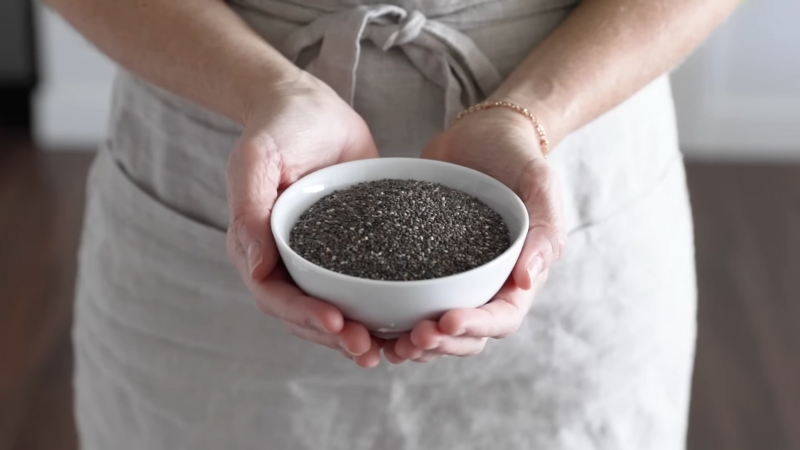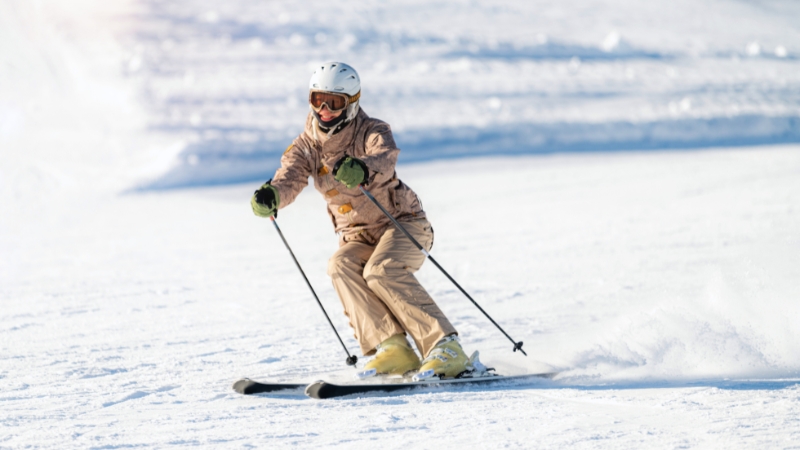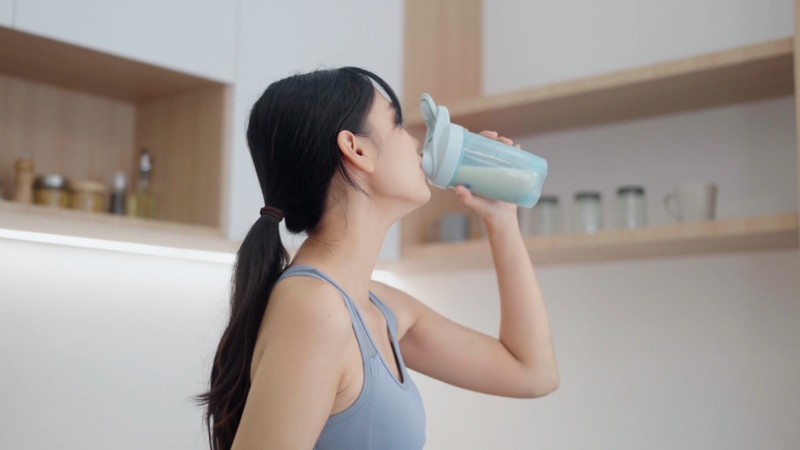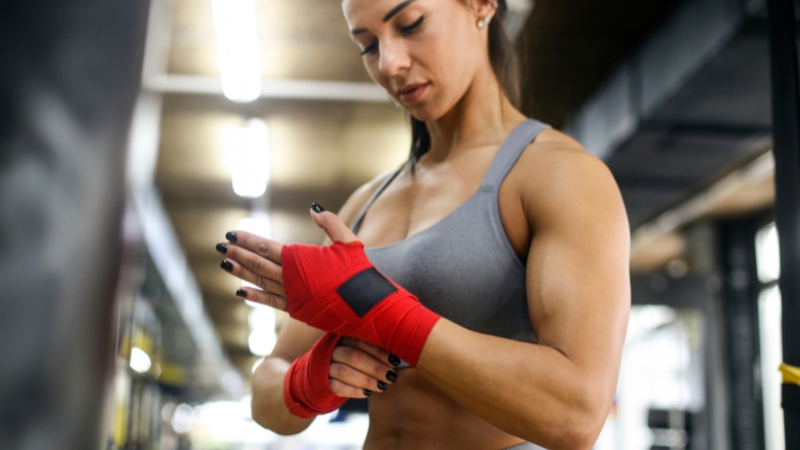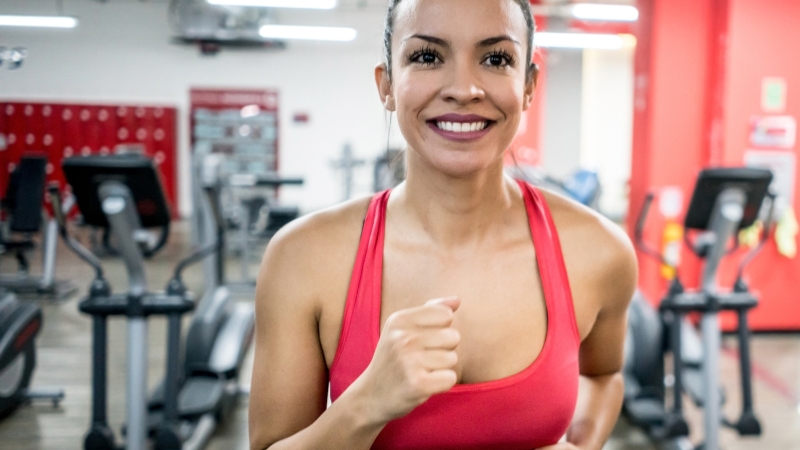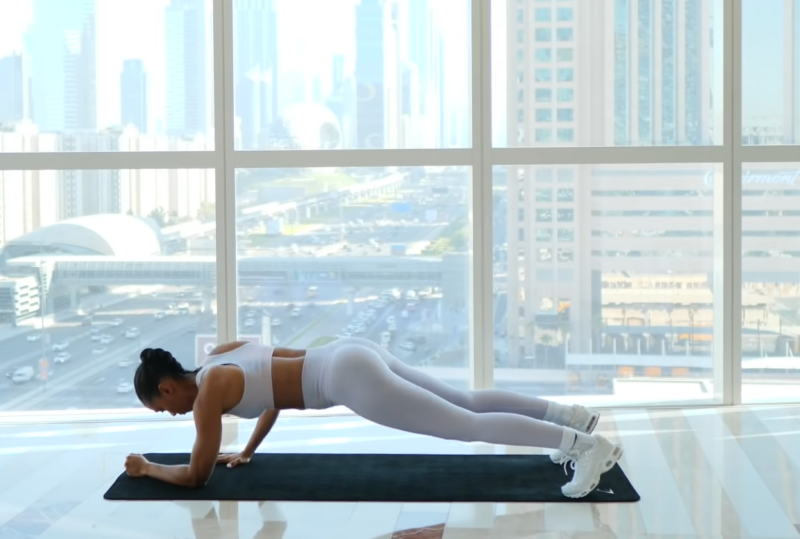
Share Post:
So, you’ve decided to get in shape? Maybe you’ve even stumbled upon the plank exercise and are now wondering what muscles this torturous position actually targets. Let’s get straight to the point and break it down, shall we?
Table of Contents
ToggleThe Core Muscles
When it comes to planks, your core muscles are the true MVPs, working tirelessly to keep your body aligned and stable. The key focus is on this muscle group.
Rectus Abdominis
Often referred to as the “six-pack” muscles, the rectus abdominis runs vertically along the front of your abdomen.
Obliques
The obliques are located on the sides of your abdomen. There are two types: external and internal. When you’re in a plank position, your obliques engage to help stabilize your body and maintain balance.
Transverse Abdominis
The transverse abdominis is the deepest layer of your abdominal muscles. It wraps around your torso like a corset, providing internal support.
The Upper Body Muscles
Don’t overlook the upper body muscles that are hard at work while doing a plank.
Shoulders (Deltoids)
Your shoulders, or deltoids, play a crucial role in the plank exercise. They help to support your body weight and keep your arms stable. The deltoids are constantly engaged to maintain the plank position, which contributes to muscle endurance and strength in the shoulder area.
Triceps
Located at the back of your upper arms, the triceps work to keep your arms straight during the plank. They help to stabilize your body by preventing the elbows from bending and maintaining a rigid arm position.
Chest (Pectorals)
Although the plank primarily targets the core, your chest muscles, or pectorals, also get involved. They help stabilize your upper body and support the alignment of your shoulders and arms.
The Lower Body Muscles
While planks are often celebrated for their core and upper body benefits, they also engage several key muscles in the lower body, contributing to overall stability and strength.
Glutes
Your glutes, or buttocks, are heavily engaged during a plank. They work to keep your hips aligned and prevent them from sagging or rising too high.
Quadriceps
The quadriceps, or quads, are the muscles on the front of your thighs. They help to extend your knees and keep your legs straight during the plank. By engaging these muscles, you maintain a stable and straight body position, which is crucial for an effective plank hold.
Hamstrings
The hamstrings, located at the back of your thighs, work in conjunction with the quads to stabilize your legs. While they are not the primary focus of a plank, they contribute to maintaining proper alignment and balance throughout the exercise.
How to Maximize Your Plank
Want to get the most out of your plank? Here are a few tips to ensure you’re targeting all the right muscles:
Perfect Your Form
- Align your body: Keep a straight line from your head to your heels.
- Engage your core: Pull your belly button towards your spine.
- Squeeze your glutes: This helps support your lower back.
Time It Right
Variations to Try
- Side Planks: Targets obliques and improves balance.
- Forearm Planks: Puts more emphasis on the core.
- Wall Planks: A low-impact alternative.
- Plank with Leg Lift: Engages glutes and hamstrings more intensely.
Common Mistakes
Sagging Hips
If your hips are sagging, you’re putting unnecessary strain on your lower back. Engage your core and glutes to keep a straight line.
Elevated Hips
On the flip side, if your hips are too high, you’re missing out on the core workout and shifting the burden to your shoulders and legs.
Holding Your Breath
Breath holding is a rookie mistake. Keep breathing to maintain muscle oxygenation and avoid unnecessary strain.
Why Bother with Planks?
So, why put yourself through the misery of planking? Well, besides the obvious benefit of working multiple muscle groups at once, planks improve posture, reduce back pain, and enhance overall strength and stability.
Plus, they’re a fantastic addition to any workout routine, whether you’re a beginner or a seasoned gym rat.
Improved Posture
Also Read: How can pilates improve your posture just by doing it consistently for a month? Find out here.
Reduced Back Pain
Strengthening the core and back muscles can alleviate lower back pain. By incorporating planks into your routine, you’re investing in a pain-free future.
Enhanced Strength and Stability
A strong core is the foundation of all movements. Discover the core benefits of incorporating flutter kicks and scissor kicks into your workout routine
Whether you’re lifting weights, running, or just carrying groceries, planks can help you do it better and more efficiently.
Wrapping It Up
Perfecting your plank form and incorporating variations can keep your workouts challenging and effective. So, next time you’re shaking in a plank position, just remember: you’re giving your entire body one heck of a workout.
Related Posts:




